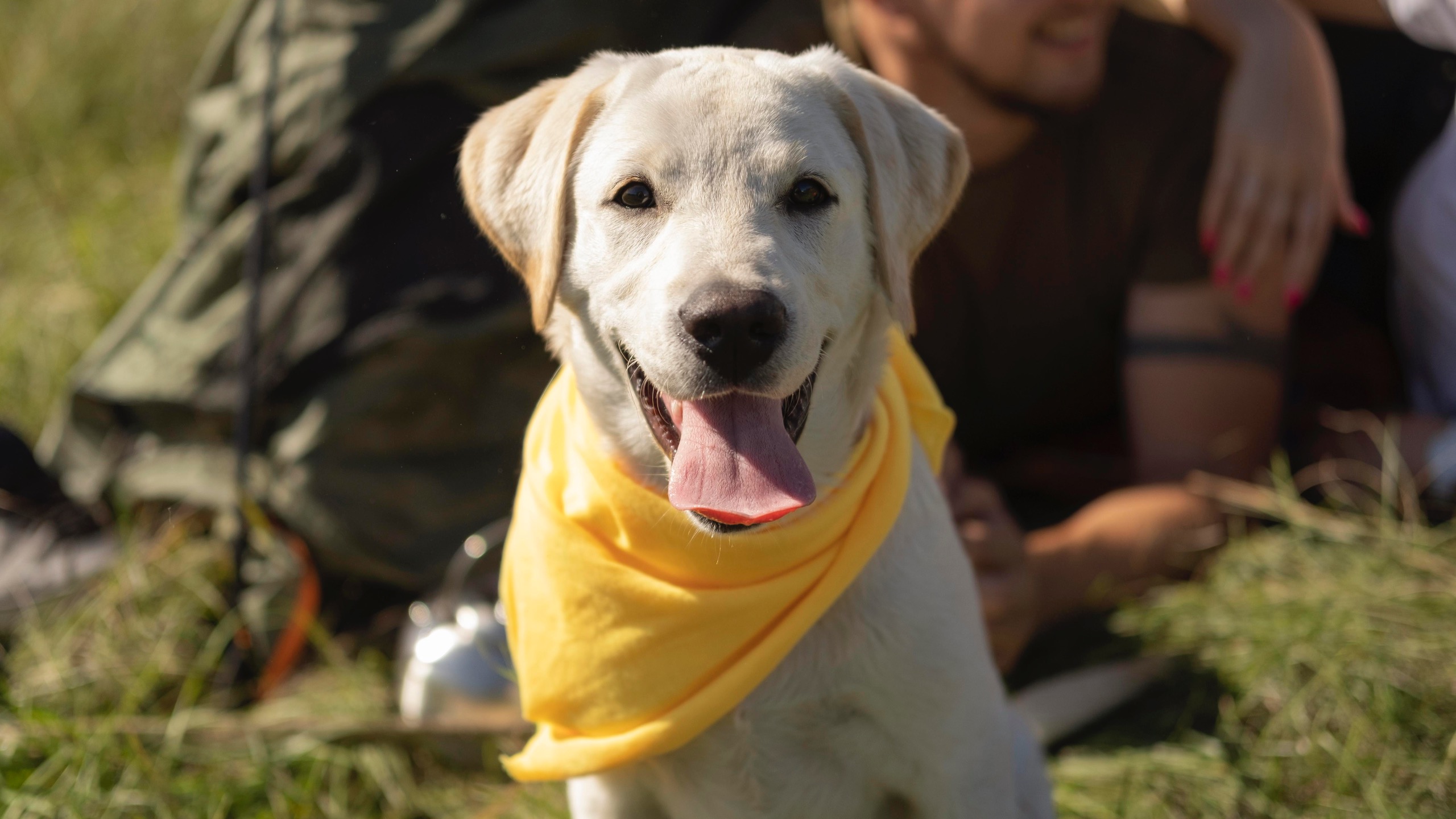Keeping Your Dog Safe During Natural Disasters: Essential Preparedness Tips
When it comes to keeping pets safe, knowing the right dog safety tips for disaster preparedness is crucial. Whether facing a storm, earthquake, or other natural disaster, having a clear plan can make all the difference in your pet’s safety and comfort. In this guide, we share seven essential tips to help you prepare, protect, and ensure the well-being of your dog during emergencies.
This article provides essential tips for creating an emergency plan that prioritizes your dog’s safety. From assembling a disaster kit filled with food, water, and medical supplies to establishing a reliable communication plan with family members, proactive measures can ensure your pet’s well-being. By planning ahead and knowing how to respond, you can navigate any crisis with confidence and care for your loyal companion effectively.
1. Create an Emergency Plan
Begin by developing a comprehensive emergency plan that includes your dog. Consider the types of natural disasters that could occur in your area—such as hurricanes, floods, wildfires, or earthquakes—and plan accordingly.
- Identify a Safe Space: Determine where you and your dog will go during a disaster, whether it’s a friend’s house or a designated pet-friendly shelter.
- Emergency Contacts: Keep a list of emergency contacts, including your veterinarian and local animal shelters.
2. Assemble an Emergency Kit
Prepare an emergency kit specifically for your dog. This kit should be easily accessible and contain everything your dog might need during a disaster.
Items to include:
- Food and Water: Pack at least a three-day supply of your dog’s food and fresh water.
- Medications: Include any necessary medications and a first-aid kit specifically for pets.
- Leash and Carrier: Have a sturdy leash and a pet carrier for safe transportation.
- Comfort Items: Bring your dog’s favorite toys or blankets to help reduce anxiety.
3. Keep Identification Updated
Ensure your dog’s identification is current. This includes:
- Microchip: If your dog isn’t already microchipped, consider having it done. Microchips are a reliable way to identify your pet if you get separated.
- Collar Tags: Make sure your dog wears a collar with up-to-date ID tags, including your phone number and any relevant medical information.

4. Practice Evacuation Drills
Just like humans, dogs can benefit from practicing evacuation drills. Familiarize your dog with the carrier and the sound of emergency alarms. Regular practice can help your dog understand what to expect during an emergency situation, making them more comfortable and less anxious.
- Positive Reinforcement: Use treats and praise to make these drills enjoyable for your dog. This will help reduce stress during actual emergencies.
5. Stay Informed
Stay informed about weather updates and potential natural disasters. Use apps or local alerts to receive real-time information, which can help you take timely action.
Additionally, consider following local news channels on social media for the latest updates and emergency alerts. Many communities have dedicated channels for broadcasting critical information, which can be especially useful during emergencies. Set up notifications on your smartphone for weather apps that offer alerts specific to your area, ensuring that you’re always in the loop.
6. Consider Pet-Friendly Shelters
Not all shelters accept pets, so it’s essential to research and identify pet-friendly shelters in advance. Many communities have designated emergency shelters that accommodate both people and their furry companions, but availability can vary. Take the time to reach out to local animal shelters, humane societies, or disaster relief organizations to find out which locations are pet-friendly. Make a list of these shelters along with their contact information, including phone numbers and addresses, so you can act quickly if necessary.
Additionally, consider visiting these shelters ahead of time to familiarize yourself with their policies and facilities. Understanding the requirements for admission, such as vaccination records or specific pet crates, will help ensure a smooth transition in case of an emergency. If you have friends or family in pet-friendly areas, ask if you can stay with them temporarily during a disaster. Having a variety of options will provide peace of mind and allow you to focus on your dog’s safety during a crisis.
7. Prepare Your Dog for Travel
In case of evacuation, ensure your dog is comfortable with car rides. Practice short trips leading up to an emergency situation so your dog becomes accustomed to travel.
- Calming Aids: If your dog experiences anxiety during travel, consult your veterinarian for safe calming aids to help keep them relaxed.
Conclusion
In conclusion, dog safety during natural disasters requires careful planning and preparation. By creating an emergency plan, assembling an emergency kit, keeping your dog’s identification updated, practicing evacuation drills, and staying informed, you can significantly enhance your dog’s safety in challenging situations.
Remember, when disaster strikes, being prepared is the best way to protect your furry friend and ensure their well-being.

